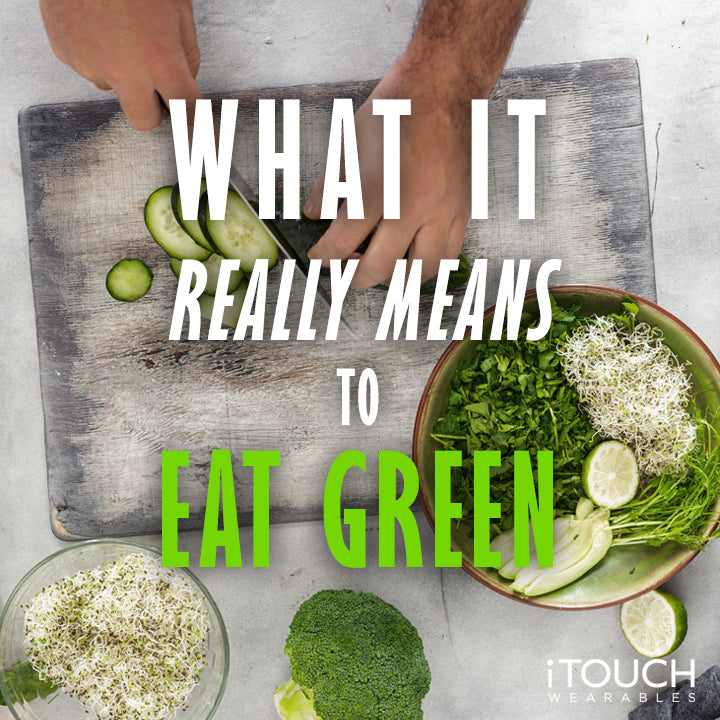
Is Spirulina Worth The Hype?
Whether you are a newbie to the health food game or even a veteran of the “superfood” world, you probably have heard the term “spirulina” thrown around once or twice. What may seem like the latest craze, this superfood has existed since the early 9th century. Being used in the diets of the Kanembu tribes settled by Lake Kossorom in Chad, spirulina was incorporated into cake-like treats known as “dihe,” which resembled crumbly matcha-like cakes. In more modern times, spirulina began to become commercialized within 1970s Europe, eventually being cultivated in countries such as China, Thailand, and the United States of America. It is now marketed as one of the most potent superfoods out there. But It is worth the hype? See for yourself:
Spirulina: Pond Scum or Superfood?

Spirulina is commonly referred to as, “pond scum.” When adequately gathered from non-contaminated water sources, it can be used as a powerful nutrient for the human body. The algae is known for its high levels of protein, with more than half of its calories coming from essential amino acids. The compounds within the plant contain several beneficial nutrients such as Vitamin K, B vitamins and minerals, and antioxidant. When taking a one-ounce serving of the algae, you will also receive about one milligram of iron (6% of your Daily Value) and 10 percent of the recommended daily amount for copper.
Major Benefits of Spirulina

The spirulina algae, which provides its consumer with a subtle earthy taste, can be used in a variety of different ways: from tablets to powder to just about anything else. When digested it can provide the following:
- It Contains A Powerful Fatty Acid Known As GLA or Gamma Linolenic Acid : Due to the genetic makeup of the spirulina algae (with more than half of its composition consisting of essential amino acids and nutrients), it contains the much needed fatty acid, GLA. Spirulina is one of the only few foods to contain natural GLA. Spirulina also contains Omega 3, which paired with the GLA, can be a powerful agent for anti-inflammatory properties.
- Spirulina Is Known To Be A Potent Anti-Inflammatory : The antioxidant that makes spirulina different from many other natural substances is called phycocyanin, which is an incredible anti-inflammatory. Phycocyanin and other antioxidants can aid in protecting our cells from damage.
- Can Remove Heavy Metals From The Body : Spirulina can bind with many different heavy metals found within the body and help remove them. Due to spirulina’s high levels of chlorophyll, its makeup can help remove toxins from the blood and boost the immune system.
- It Can Help Regulate Blood Sugar Levels : In a recent study performed by the Indian Journal for Medical Research, spirulina has been shown to significantly reduce blood glucose or sugar levels, as well as lipids and other sources such as cholesterol or LDL (low-density lipoprotein - which is rather unhealthy for the body in mass amounts). Their studies have also shown that spirulina is anti-hyperglycaemic, anti-hyperlipidemic and hepatoprotective (which helps protect from damages to the liver).
- Spirulina Can Prevent Muscle Damage : In a study performed by the European Journal of Applied Sciences, it was found that the digestion of spirulina as shown preventive effects for the skeletal muscle damage. Results had also found that it possibly can lead to the decrease of exhaustion during high-energy workouts.
How To Take Spirulina
When I have taken spirulina, I generally have used spirulina powder, which can be mixed into water, coffee, and various other drinks (though I recommend doing it in coffee or smoothies). However, for those who may want something different, spirulina can come in a variety of ways, some having a more distinct taste than the others.
-
Spirulina Powder: Most Spirulina Powder is generally inexpensive, but has a strong earthy taste. It is the easiest to mix into foods and drinks. I usually like the Soul Organic Spirulina Powder, which can be found on Amazon.
-
Spirulina Capsules: Generally a little more expensive, this capsules can be found in most health food sections of supermarkets. They are very easy to take and there is no unpleasant taste that some powders may have.
For those willing to try it and dig their feet into the Spirulina market, we offer the following recipe! This coffee recipe is floral and earthy and can be tweaked to your tastes and preferences.
Superfood Spirulina Morning Coffee with Lavender, Rose, and Honey

Coffee is made with the pour-over method but can be done with a regular coffee maker as well.
Gather Together:
-
20oz of Boiled Water
-
30grams of Unground Coffee of Choice or 3Tbsp of Ground Coffee
-
2 Large Pinches of Dried Culinary Lavender
-
1Tsp of Spirulina Powder
-
Coconut Milk (To Taste, or another Dairy or NonDairy of Choice)
-
Honey or Sweetener (To Taste)
-
Edible Rose Petals (To Garnish)
Directions:
-
Place a filter in the pour-over dripper. We recommend wetting the filter with hot water and then dumping the water before proceeding with brewing.
-
First, add the lavender to the bottom of the coffee filter. Next, top with the ground coffee and gently tap it to level the surface of the grounds. Place the brewer on a cup and get pouring!
-
Starting in the center of the grounds, pour in a steady spiral toward the outer edge and then back toward the center. Try to steep all of the coffee grinds, if the coffee rises, do not panic, it is normal.
-
When you notice that the drip of the coffee begins to slow, remove the dripper from the top of the cup and place over another drip cup or in the sink. If you let the coffee steep until there is no water left and the drip stops, your coffee will be extremely bitter! So remove the dripper earlier than expected if nervous about this step.
-
Add the spirulina to the black coffee, mixing until incorporated. Add the honey and coconut milk to taste. Garnish and top with the edible rose petals!
-
Breathe and enjoy the first sip!
Share with us whether you will try spirulina or not by tagging us on Instagram @itouchwearables and Facebook @itouchwearables. Also, be sure to check out our new articles published daily!
-Patrick


